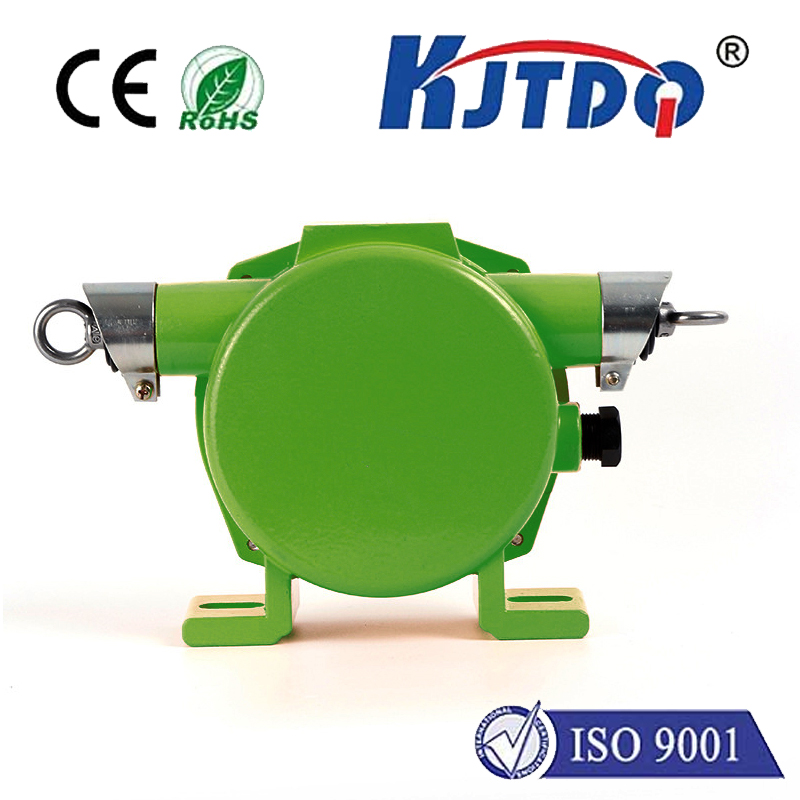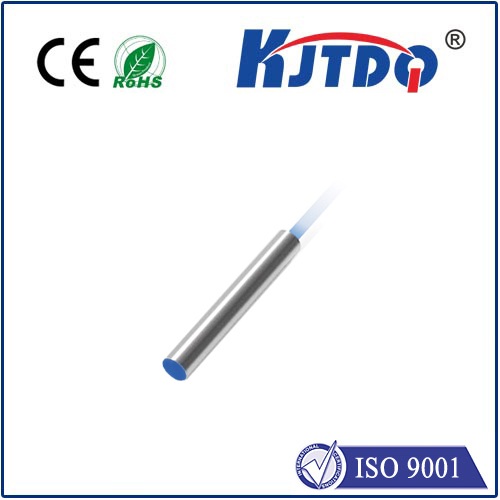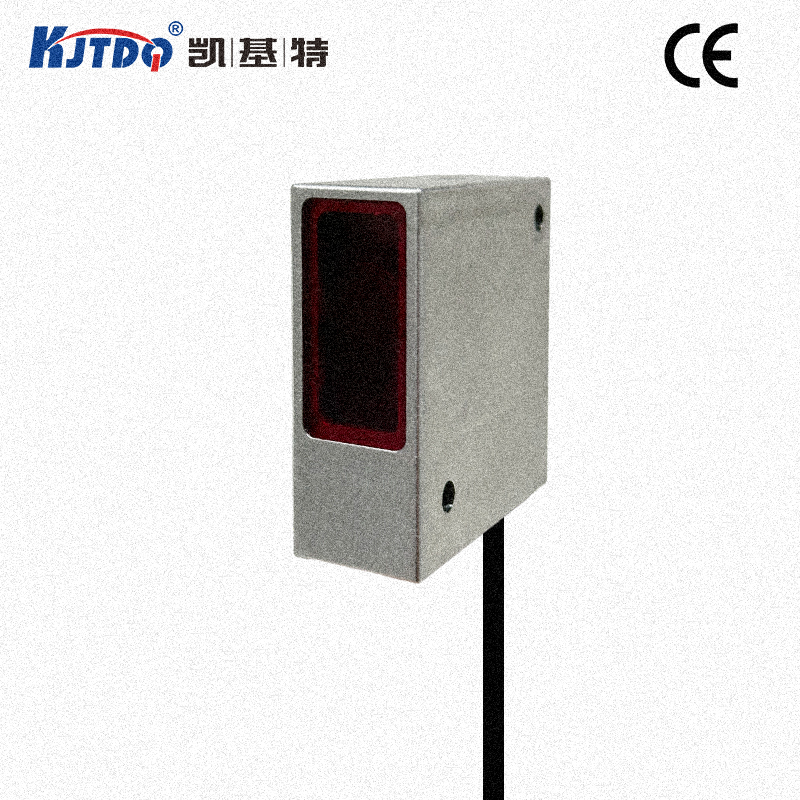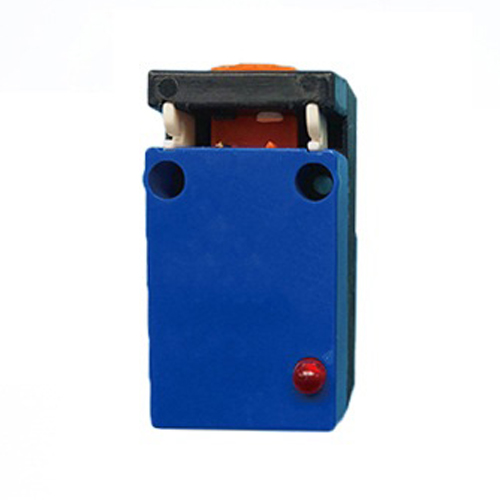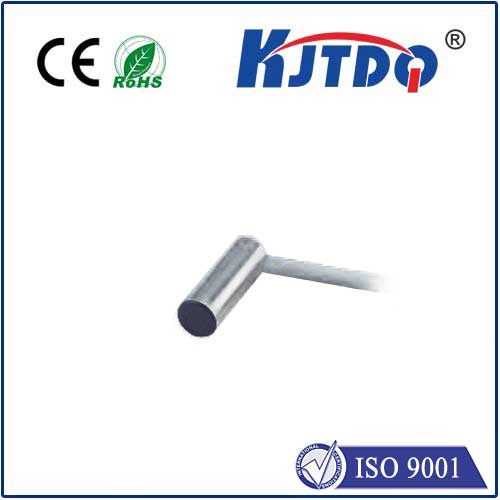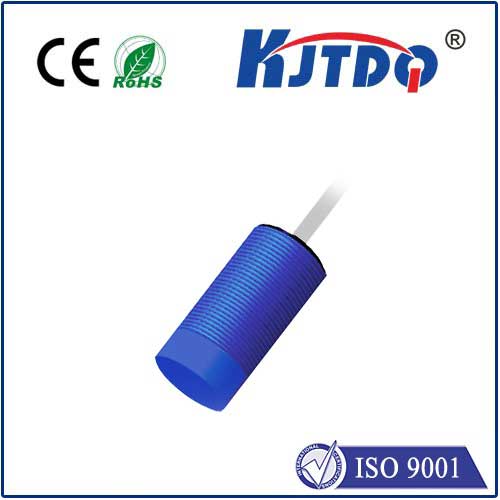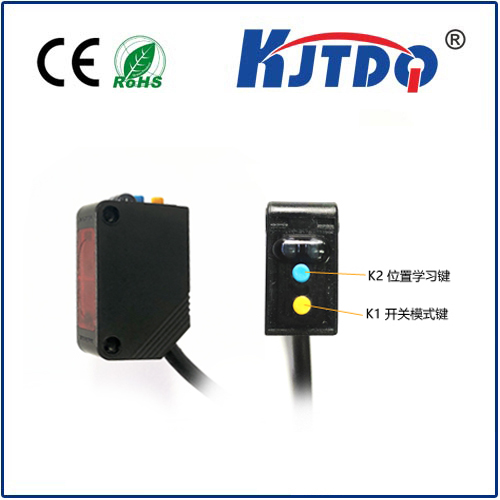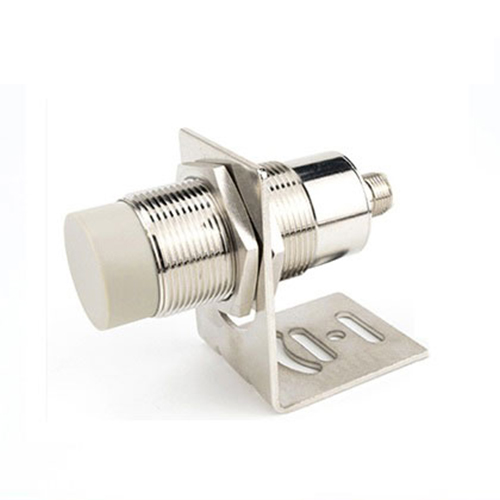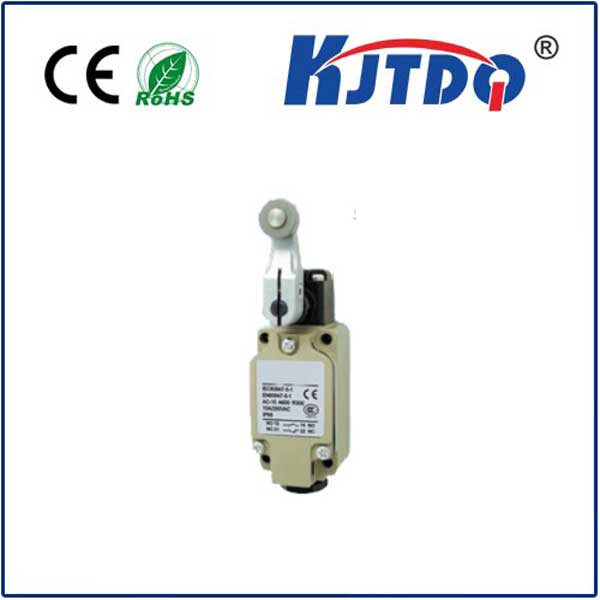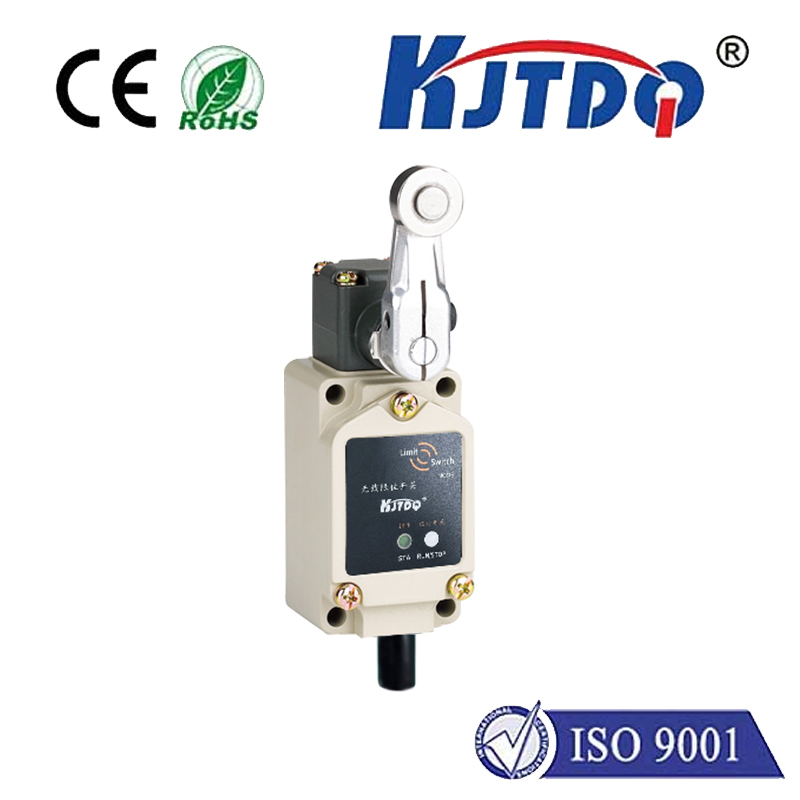e2b proximity sensor
- time:2025-07-09 00:42:22
- Click:0
The Unsung Hero of Automation: How e2b Proximity Sensors Drive Precision and Efficiency
In the humming heart of modern industry, where machines collaborate with astonishing speed and robots execute tasks with uncanny precision, a silent sentinel stands guard. Often overlooked but fundamentally indispensable, the proximity sensor forms the bedrock of countless automated processes. And within the vast ecosystem of industrial components, the e2b proximity sensor emerges as a critical element, enabling reliable, non-contact detection that keeps production lines flowing, enhances safety, and unlocks new levels of operational efficiency. This article delves into the world of e2b proximity sensors, exploring their function, importance, and the transformative impact they have within automated systems.
Beyond Simple Touch: The Essence of Non-Contact Detection
At its core, a proximity sensor is a device designed to detect the presence or absence of an object without requiring physical contact. Think of it as a machine’s sense of touch, but one that operates from a distance. This non-contact principle is revolutionary: it eliminates wear and tear associated with mechanical switches, allows for detection of objects that might be fragile, dirty, hot, or moving too fast for physical contact, and facilitates incredibly high-speed operations. e2b proximity sensors excel in delivering this capability reliably within the demanding environments of industrial automation.
How the Magic Happens: Inductive, Capacitive, and Beyond
Most e2b proximity sensors commonly encountered fall into two primary categories, each leveraging distinct physical principles:

- Inductive Proximity Sensors: These are the workhorses for detecting metallic objects. They generate an electromagnetic field emanating from their sensing face. When a metal target enters this field, it induces tiny electrical currents (eddy currents) within the metal. The sensor detects this disturbance in its own electromagnetic field and triggers an output signal. Their robustness, resistance to environmental contaminants like dirt and oil, and suitability for harsh industrial settings make inductive sensors incredibly popular. e2b offers a vast selection to match specific size, sensing range, and output requirements.
- Capacitive Proximity Sensors: These versatile sensors can detect virtually any material – metal, plastic, wood, glass, liquids, powders, and even biological substances. They work by generating an electrostatic field. Any object entering this field alters the sensor’s capacitance (its ability to store an electrical charge). This change is detected, causing the sensor to switch its output. Capacitive sensors are invaluable for level detection (e.g., in tanks or hoppers), presence sensing of non-metallic parts, and applications involving containers or packaging materials. e2b’s range ensures solutions for diverse detection challenges.
- Other Types: While inductive and capacitive dominate the e2b catalogue, specialized proximity technologies like ultrasonic or photoelectric might also be sourced through the platform for unique applications requiring longer ranges or light-based detection.
Why e2b Proximity Sensors Are the Automation Cornerstone
The integration of proximity sensors into automation systems delivers a cascade of tangible benefits:
- Enhanced Reliability & Longevity: Eliminating physical contact dramatically reduces mechanical wear. e2b sensors, built to industrial standards, offer exceptional service life, minimizing downtime and maintenance costs.
- High-Speed Operation: Capable of detecting objects thousands of times per minute, these sensors enable blazing-fast production cycles unattainable with mechanical switches.
- Unwavering Precision: Providing consistent and repeatable detection, e2b proximity sensors ensure parts are correctly positioned, processes are sequenced accurately, and quality control is maintained.
- Robust Performance in Tough Environments: Designed to withstand vibration, shock, temperature extremes, and exposure to coolants, oils, and dust, they thrive where other sensors might falter. IP ratings (Ingress Protection) specified in e2b data clearly define this resilience.
- Versatility: From basic presence/absence checks to complex counting, positioning, speed monitoring, and end-of-travel detection, their application spectrum is vast. The e2b platform simplifies finding the perfect sensor for the task.
- Intrinsic Safety: Non-contact sensing inherently improves safety by allowing detection without interaction with moving parts or hazardous materials. They are crucial components in safety interlocks and machine guarding systems.
e2b: Your Trusted Gateway to Proximity Sensing Excellence
The e2b platform isn’t just a catalogue; it’s a comprehensive ecosystem for industrial components. When sourcing proximity sensors through e2b, engineers and procurement professionals gain significant advantages:
- Vast Selection & Instant Data Access: Find sensors from leading global manufacturers, instantly compare specifications, download datasheets, check drawings, and verify compliance data – all centralized within the e2b interface. No more time wasted hunting across multiple vendor sites.
- Parametric Search Power: Narrow down choices efficiently using filters for sensing type (inductive, capacitive), sensing distance, housing material & size, electrical output (NPN, PNP, NO, NC), voltage rating, IP rating, and specific industry certifications. This precision saves invaluable engineering time.
- Supply Chain Confidence: Access real-time inventory and pricing data from a global network of authorized distributors via the e2b electronic component search engine. Mitigate supply chain risks and ensure project continuity.
- Component Management & Collaboration: Integrate sensor selection seamlessly into BOM management, project workflows, and collaborative engineering processes within the e2b environment.
Applications Where e2b Proximity Sensors Shine
The practical impact of e2b proximity sensors reverberates across countless industries:
- Material Handling & Conveying: Detecting pallets, boxes, and products on conveyors; controlling sorting gates; verifying part presence for robotic pick-and-place. Ensuring smooth material flow is fundamental.
- Machining & Fabrication: Tool breakage detection on CNC machines; monitoring part clamping; confirming workpiece position before machining operations. Preventing costly crashes and scrap.
- Packaging & Bottling: Verifying correct cap placement; detecting filled containers; controlling label application; counting items. Critical for speed, accuracy, and minimizing waste.
- Robotics & Assembly: Providing precise position feedback for robot arms; confirming gripper closure; detecting parts entering assembly stations. Enabling complex, reliable automation.
- Automotive Manufacturing: Endless uses in engine assembly, body-in-white processes, paint shops, and final assembly verification.
- Safety Systems: Integrating into light curtains, safety door interlocks, and area guards to ensure personnel safety by detecting unauthorized access.
Choosing the Right e2b Proximity Sensor: Key Considerations
Selecting the optimal sensor involves evaluating several factors readily accessible through e2b data:
- Target Material: Metal? Choose Inductive. Non-metal, liquid, or granular? Choose Capacitive.
- Required Sensing Distance: Ensure the sensor’s rated range accommodates the necessary mounting distance to the target. Don’t overlook flush vs. non-flush mounting characteristics.
- Environmental Conditions: Temperature, potential for chemical exposure, moisture, dust? Match the sensor’s IP rating and housing material accordingly.
- Electrical Requirements: Voltage supply (commonly 10-30V DC), required output type (NPN sinking, PNP sourcing, Normally Open/Closed).
- Physical Size & Mounting: Space constraints and mounting method (threaded barrel, block style) are critical for integration.
- Output Signal Type: Discrete on/off switching is standard; some specialized sensors offer analog outputs for distance measurement.
The Quiet Revolution Continues
Invisible to the casual observer but vital to the rhythm of modern production, the e2b proximity sensor represents engineering excellence applied to a fundamental automation need. By providing robust












